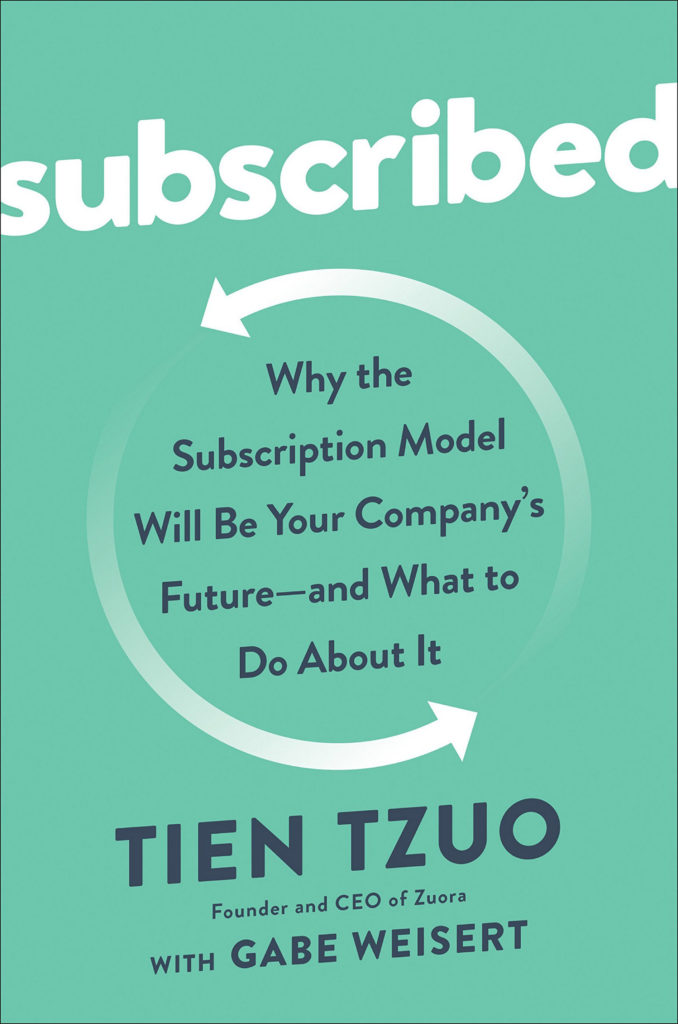Are we at the end of the product era? I believe we are. Let me explain. Most of our education and career were centered around producing a widget, finding the channels for the widgets, and then optimizing every piece of the linear process to maximize profitability. It’s is an oversimplification, but the point stands regardless of your current commercialized widget. This formula worked for the last 120 years. It gave rise to many great companies and allowed consumers to own widgets at the best market bearing prices.
But today’s companies are rapidly changing expectations. You see this in entertainment (Netflix), transportation (Uber), and retail (Amazon). But it’s exploding in a major sector: Journalism (The Information). Consumers today seek access rather than ownership. Forrester Research calls this a new age characterized by expectations that any desired information or service is available, on any device, and in context at your moment of need.
The Rise of the Subscription Era
The subscription industry has grown over 200% annually since 2011 and is growing 9x faster than the S&P500. What’s enabled the subscription business to scale is technology, particularly cloud-based platforms. Healthcare is also moving toward this. Patients demand quality and convenient services at will for a reasonable price. We carry diagnostic devices 24/7 and access on-demand medical services, shifting the balance of power from the traditional provider to the patient.
As we move from the Industrial Economy to the Subscription Economy, I recommend reading Subscribed: Why the Subscription Model Will Be Your Company’s Future—and What to Do About It (Portfolio Penguin, 2018).
 The book cleverly lays out the transformational shifts and challenges marketers to rethink the traditional four Ps:
The book cleverly lays out the transformational shifts and challenges marketers to rethink the traditional four Ps:
- Product: From manufacturing a one-time good or service to subscription to access over a time period.
- Promotion: From traditional advertising to storytelling through social word of mouth.
- Place: From distributors and retailers transactions to one-on-one direct relationships with clients.
- Pricing: From cost plus margin to outcome pricing, either through consumption or capability-driven models.
Why consider a subscription model for your business? It reveals intimate customer knowledge that can be harvested to create sustainable strategic advantages; produces more predictable revenue and cashflows; provides economies of scale; and additional network effect value—with lower entry barriers—to competitively differentiate. Also important: The subscription model will shorten corporate lifespan, now at 15 years, over the next 20 years. If you want your business to survive and thrive, consider this model now.








